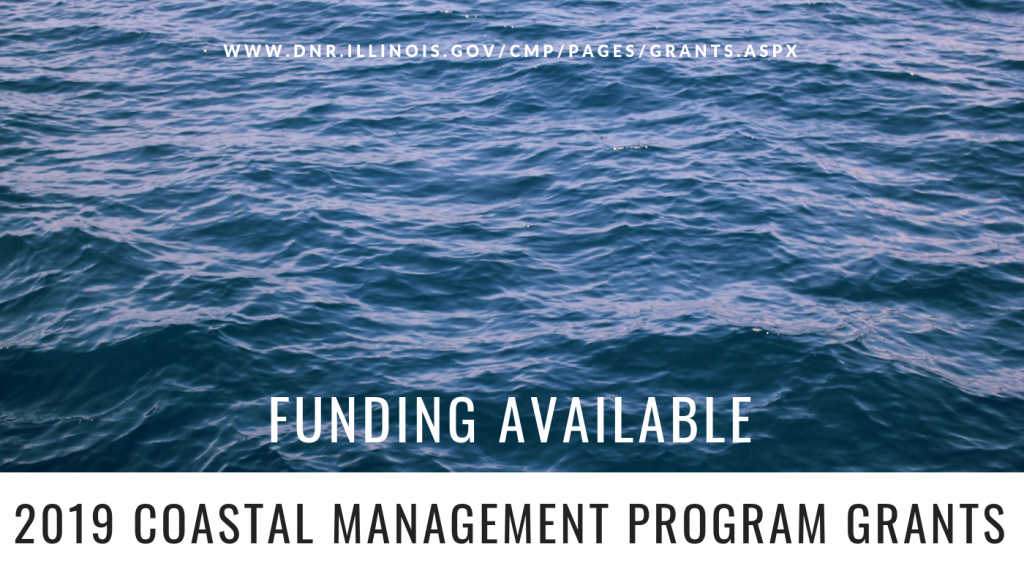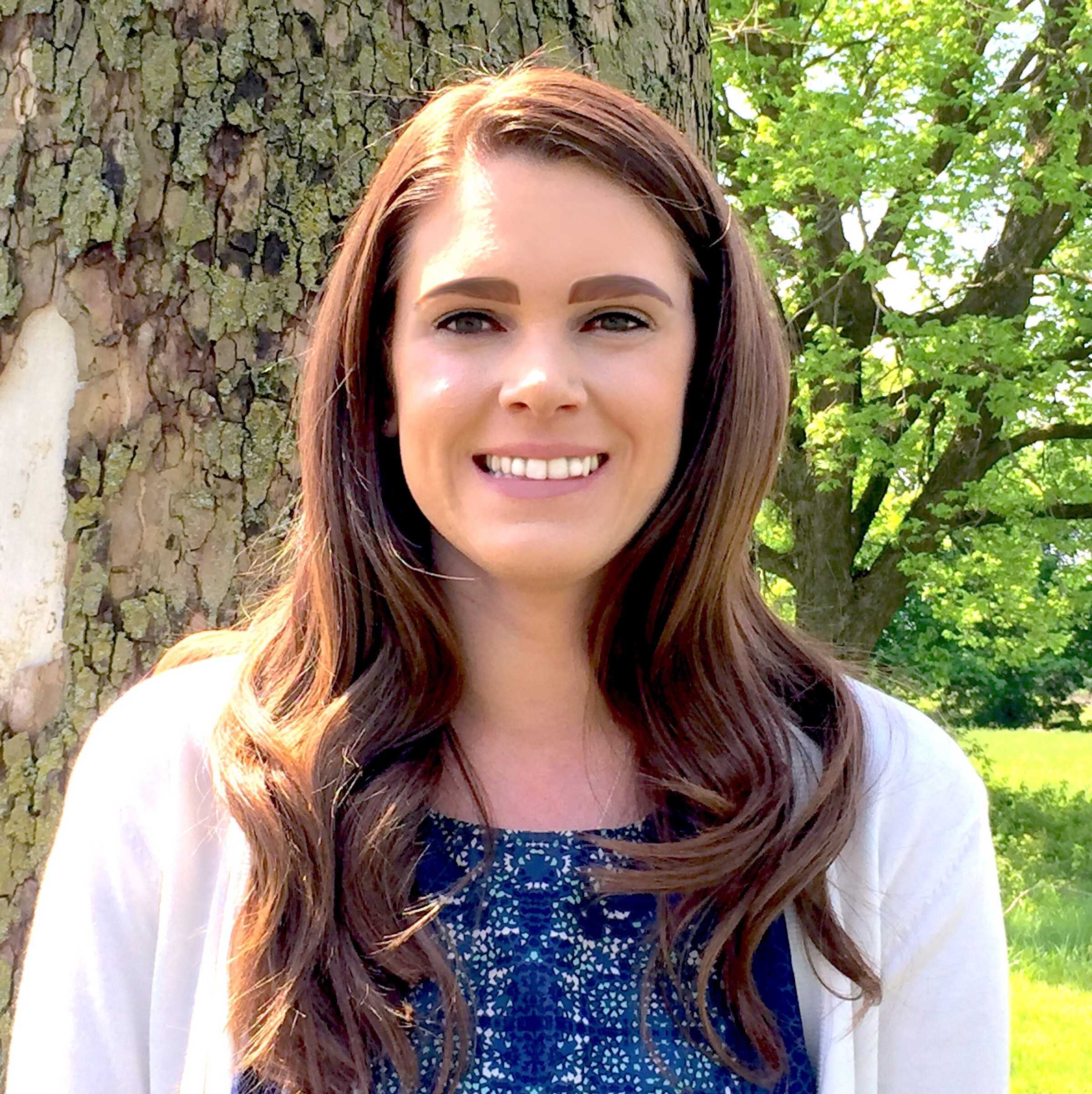
Veronica Fall is a climate specialist for ISTC, where she provides science-based communication to stakeholders and communities on issues related to climate and climate change. Fall works with other climate service entities that focus on topics like extreme weather and climate change and develops publications and tools explaining complex issues in plain language to help people understand that climate information is useful and necessary. She is also a climate specialist for the Illinois-Indiana Sea Grant program (IISG) and the U of I Extension.
She recently answered a few questions about her work.
Tell me a little bit about your role at ISTC.
I am a climate specialist. I primarily work with the Illinois Coastal Management program, which focuses on communicating climate science and the coastal impacts it has along the Lake Michigan shoreline.
How does your work at ISTC impact Illinois and the world?
At ISTC, we’re really focused on addressing some of today’s biggest challenges and concerns about how climate change is influencing society. In my role, I’m focused on helping to build resilient Lake Michigan communities and the greater Chicago area, helping various communities and stakeholders get access to information that will allow them to reduce their vulnerabilities and help them better understand the next steps that can be taken to become resilient in the face of a changing climate.
Do you work more with citizens or local governments?
Between those two options, typically more with local governments, but also federal or state stakeholders within the region. For instance, through ISTC, I primarily work with the Illinois Coastal Management Program, which is part of the Illinois Department of Natural Resources (IDNR) so, we’ll partner with FEMA or the Army Corps of Engineers. I also work with regional organizations across the Great Lakes, so less with citizens and more with other stakeholders and experts.
What is your educational background?
I have a Bachelor’s and Master’s degree in Meteorology and also a professional science Master’s degree in climate change and society, which is based more on the interdisciplinary nature of climate science, not just on understanding the physics at play, but also learning about risk communication and climate literacy, but most of my educational background is in meteorology.
What is the best part of your job at ISTC?
The best part is definitely the people. There is a sense of teamwork that we are all working towards a bigger goal to become more resilient to the impacts of climate change and the on-the-ground work and hardships seen within the region.
Is there any scientific topic (outside of your field of research) that you think should have more scientific attention?
I think there’s a greater need to better translate and communicate science by not just speaking science jargon but being able to bring a better understanding to a wider audience. I think that’s a skill that a lot of us with a science background are working on – addressing some of those barriers to entry, like jargon and numbers which can seem very intimidating at first glance.
What work/project/outcome are you most proud of in your career?
During last summer’s IISG summer internship program, I worked with a student to help develop a few products addressing the needs surrounding variable lake levels in the Chicago area. Getting to work with a student and stepping up to that role was scary at first, but also extremely rewarding.
What are common misconceptions about your field?
I have two answers: one is more specific to my meteorology background, and people will ask, “So you want to be on TV?” because that’s what most people’s interaction is with their local meteorologist that they see on the nightly news. The second is a lot of people are still focused on the future impacts of climate change, and I try to phrase it as “The impacts we are seeing today and will continue to see in the future,” but I think a lot of people are still hesitant to say that the impacts are already happening right now. People are hesitant to realize how big a problem it is currently.
Yeah, the climate patterns are amazing, like how the ocean temperatures can change its circulation patterns which can in turn affect El Niño/La Niña climate patterns. People just don’t realize the bigger picture, but that’s also a hard concept to communicate the interconnectedness of it all.
It’s really interesting to observe how certain words enter the public sphere. I remember learning about the polar vortex and thinking that it was sort of a niche meteorology term, and now with some of the winters that we’ve had, people are already saying “oh there’s going to be another polar vortex winter,” so that’s a more common phrase these days, but it’s interesting to see how that sort of moves through the public space.
The polar vortex was thought to be such an extreme weather event, and now people have already learned to expect it.
Yeah, because that polar vortex is being destabilized because of climate change so rather than staying farther north that polar vortex is going to dip down a bit more frequently and we’ll have those really cold crazy blasts during the winter.
I think meteorologists have it tough because of how public-facing their science is. Not a lot of sciences are directly forecasting events and variables that can be measured on such a short timescale, so it’s unique in that way.
Right, like people’s understanding of probability. A 60% chance of rain is still a 40% chance that it won’t rain, but a lot of people round up that 60% chance to mean it is definitely going to rain. Numerical literacy is a skill that many people struggle with and in my role, I try to make those numbers approachable and understandable for non-technical audiences.
What are some challenges you’ve faced in your career?
Moving more into climate change and its impacts space, I’ve had to learn a lot. While my educational background lends more towards the physics and dynamics behind climate change, I now focus more on understanding the impacts. I’ve had to learn from a lot of different fields such as – understanding how climate change will affect different ecosystems, public health, infrastructure, transportation, etc. I really like that this field lends itself to being a lifelong learner, but there are definitely things that I’ve had to try and pick up and get a better grasp of.
When you aren’t doing science, what else do you love to do?
In my free time, I like to walk my dog, cook, exercise, read, pretty low-key stuff.
How old were you when you first became interested in science? What sparked your interest?
I always naturally leaned more toward math and science as my favorite subjects, but probably the first event that sparked my interest was that I really couldn’t pull myself away from the T.V. when Hurricane Katrina happened. Seeing all the devastation of the aftermath was really the first event that made me think that meteorology was a field that I’d like to pursue, so that was in middle school for me.
What advice would you give to people just starting out in your field?
It’s okay to not have everything figured out. Many people I’ve talked to have had very circuitous routes to get where they are. But if someone is interested in climate or climate science, it is really helpful to try and dabble in some of the social sciences to try and get an understanding of things like climate or science literacy, risk communication, and the importance of knowing your audience. I think supplementing any of the physical science with social science is key.



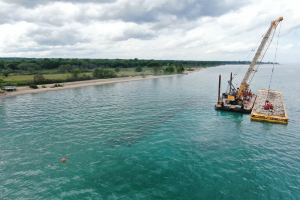
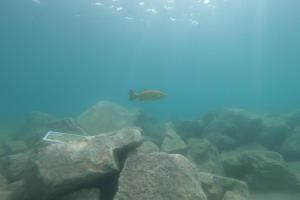

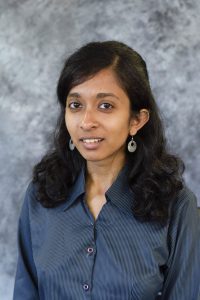 Vidya Balasubramanyam recently joined the Coastal Management Program as their Coastal Outreach and Engagement Specialist. Vidya will be providing support for the Sand Management Working Group, as well as visiting and learning about the Illinois shoreline, meeting partners, and attending meetings to absorb information on the projects and activities taking place across the coastal watershed.
Vidya Balasubramanyam recently joined the Coastal Management Program as their Coastal Outreach and Engagement Specialist. Vidya will be providing support for the Sand Management Working Group, as well as visiting and learning about the Illinois shoreline, meeting partners, and attending meetings to absorb information on the projects and activities taking place across the coastal watershed.